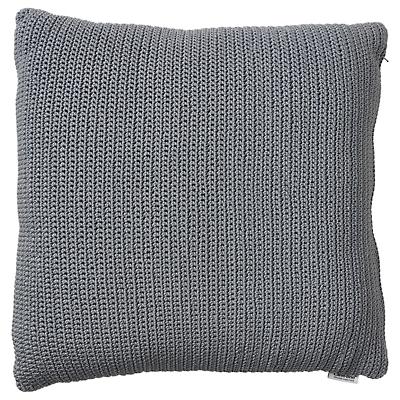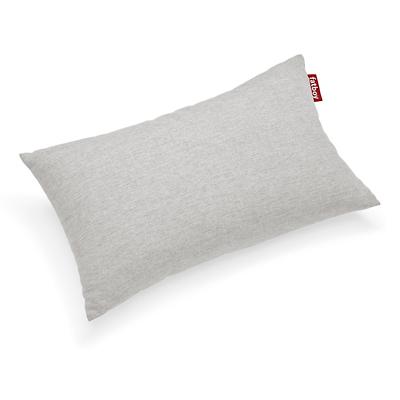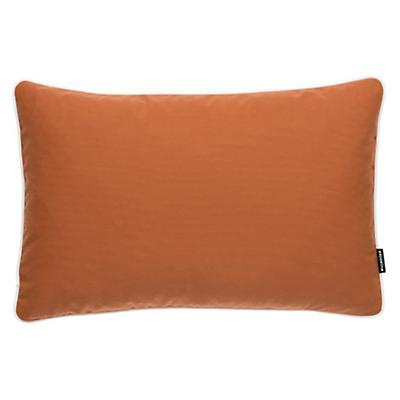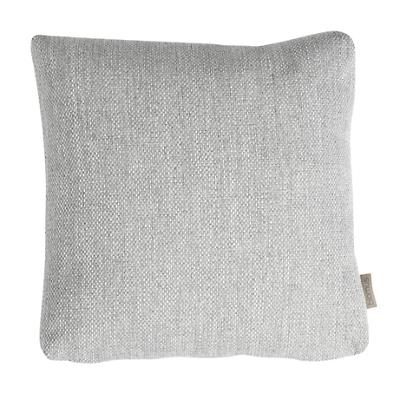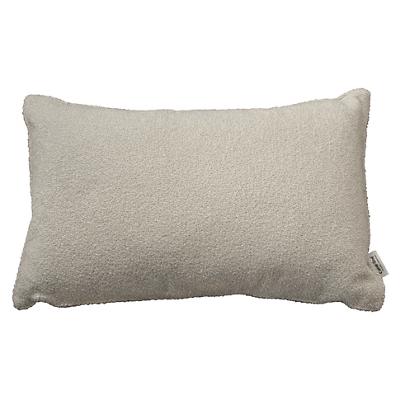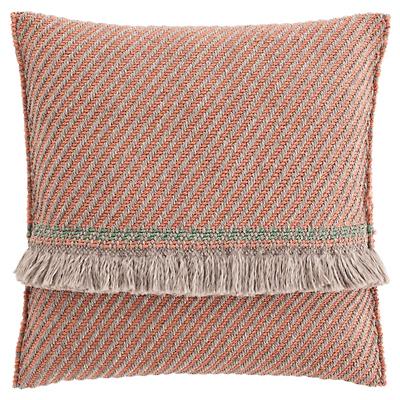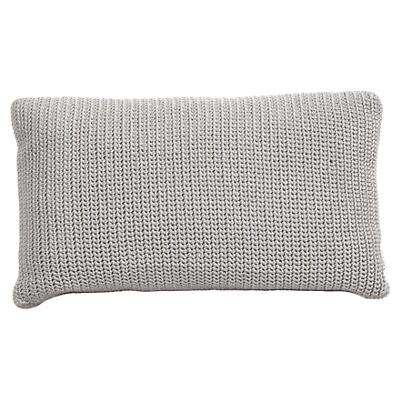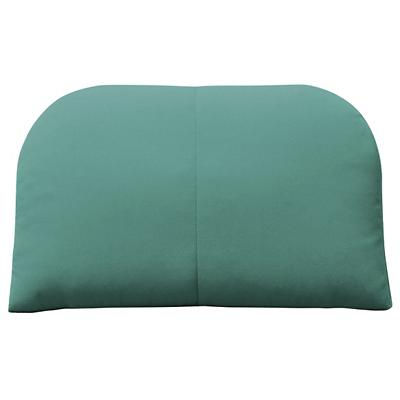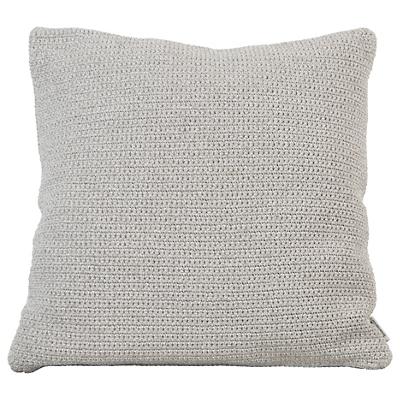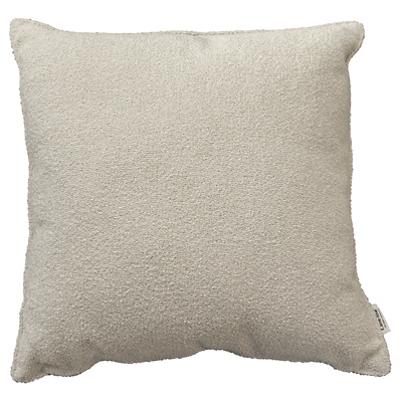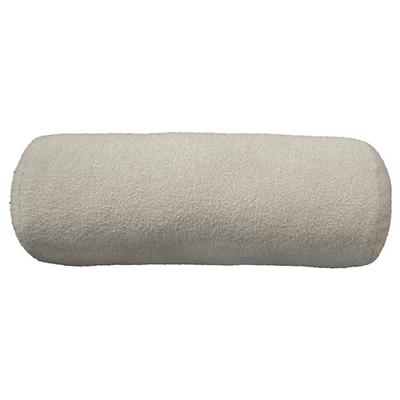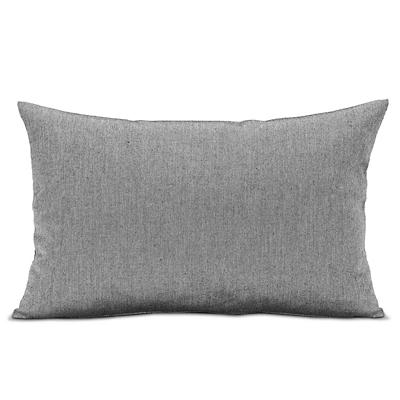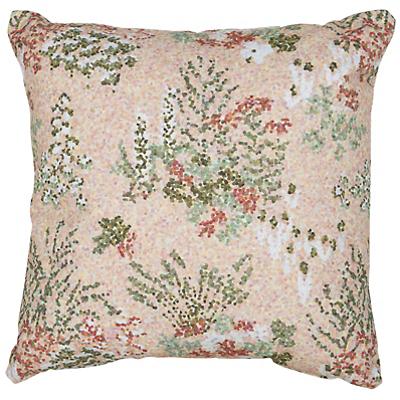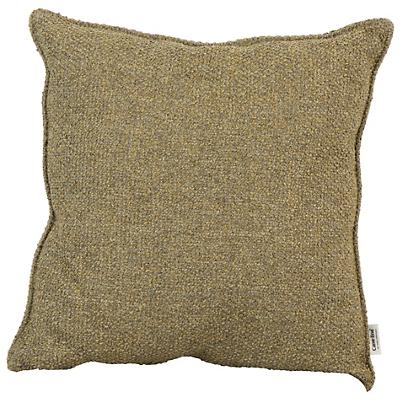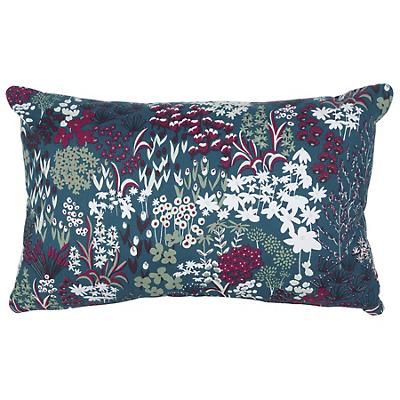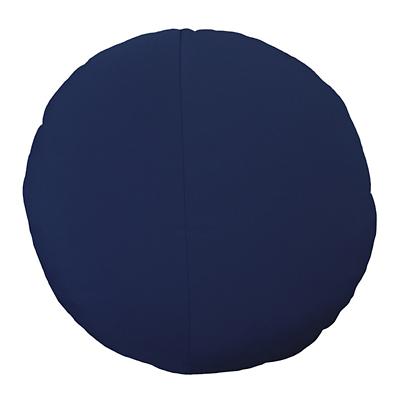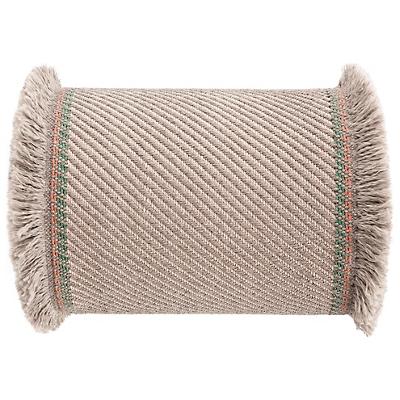-
Outdoor Pillows & Outdoor Throws FAQs
Can any pillow be used outdoors?
Not all pillows are designed for outdoor use. Outdoor pillows are crafted from weather-resistant materials like polyester, acrylic, or solution-dyed fabrics that can withstand sun, moisture, and mildew. They also often feature quick-drying inserts and UV-resistant fabrics to prevent fading and wear.
Expert Tip: Indoor pillows fail outdoors because their natural fiber fills (like down) clump when wet, creating mildew colonies. Even "outdoor" pillows degrade faster if left in constant dampness—store them vertically to allow airflow between uses.Why is it called a throw?
The term “throw” refers to how these blankets are casually styled—thrown over a couch, chair, or bench for both comfort and decoration. Their smaller size and lightweight nature make them perfect for layering and adding texture to outdoor seating.
Expert Tip: The best outdoor throws have weighted corners (or grommets) to anchor them against wind. For beach or poolside use, choose sand-proof styles with mesh layers that let granules fall through instead of clinging to fabric.What makes a good outdoor blanket?
A good outdoor blanket is durable, water-resistant, easy to clean, and comfortable. Look for blankets made with tough, fade-resistant fabrics that can handle moisture and sun exposure. Many outdoor blankets are also designed to roll or fold for easy transport.
Expert Tip: Fleece-backed blankets trap moisture underneath in humid climates. Opt for breathable, perforated fabrics like Sunbrella® for air circulation. Blankets with TPU (thermoplastic polyurethane) coatings repel water without the stiffness of vinyl.What are the benefits of a roll pillow?
Roll pillows, also called bolster pillows, provide ergonomic support for the neck, lower back, or legs. Their compact, cylindrical shape makes them versatile for outdoor lounging, offering both comfort and a touch of tailored style to any setting.
Expert Tip: Bolster pillows with center channels (hollow cores) dry 50% faster than solid fills. For deep patio seating, use 24"-long rolls instead of standard 18"—they prevent awkward gaps behind your back.What should outdoor pillows be made of?
The best outdoor pillows are made of solution-dyed acrylics or polyester fabrics, which resist fading, moisture, and mildew. These materials are built to hold up against the sun and rain while remaining soft and breathable.
Expert Tip: Solution-dyed acrylic (like Sunbrella®) lasts 3x longer than standard polyester in UV tests. Check for rub counts—8,000+ double rubs indicate commercial-grade durability suitable for high-traffic areas.What makes a good outdoor pillow?
A good outdoor pillow combines durable fabric with quality fill. Look for quick-drying inserts, UV-resistant covers, and double-stitched seams to ensure longevity and comfort in any outdoor setting.
Expert Tip: Pillows with zippered covers and removable inserts allow you to replace damaged fills separately. For coastal areas, choose covers with mold-resistant treatments—salt air accelerates fabric breakdown.What are the different sizes of outdoor throw pillows?
Outdoor throw pillows typically range from 16x16 inches to 24x24 inches for square styles. Lumbar and bolster pillows vary in length and diameter, allowing you to mix and match for both support and visual interest.
Expert Tip: Mix 18" squares with 12x20" lumbar pillows for ergonomic support. Larger 24" pillows overwhelm narrow outdoor loveseats—scale down to 16" for bistro sets or compact seating.What can I stuff my outdoor pillows with?
Use weather-resistant fill like polyester fiberfill, poly-cluster fill, or outdoor-rated foam. These materials are designed to dry quickly and resist mold and mildew, making them ideal for exterior use.
Expert Tip: Polyester cluster fill rebounds better than standard fiberfill after compression. For ultra-plush feels, look for "high loft" fills, but avoid them in humid climates—they retain moisture longer.Can outdoor pillows be left in the rain?
While many outdoor pillows are made to handle occasional rain, it’s best to store them in a dry place or under a covered area when not in use. Prolonged exposure to water can reduce their lifespan, even with weather-resistant materials.
Expert Tip: Quick-dry claims only work if pillows aren’t flat on surfaces—prop them upright after storms. In all-weather placements, choose pillows with raised "feet" or mesh bottoms to prevent underside mildew.What is the best outdoor blanket?
The best outdoor blankets are those made from durable, moisture-wicking materials like fleece-backed polyester or water-resistant cotton blends. Bonus points for blankets with built-in straps for carrying and machine-washable care.
Expert Tip: Blankets with bonded polyester layers (no stitching) resist tearing at stress points. For fire pits, verify flame-retardant certifications—some "outdoor" blankets are only water-resistant, not fire-safe.What is an outdoor blanket called?
Outdoor blankets are sometimes referred to as picnic blankets, camping blankets, or travel throws. These names often reflect their intended use, whether it's for lounging on the grass, cozying up by a fire pit, or relaxing on a patio chair.
Expert Tip: "Packable" blankets with compression straps fit in outdoor storage benches. Avoid "waterproof" labels unless they specify breathability—non-breathable materials cause condensation sweat in warm weather.What type of blanket is the warmest?
For warmth outdoors, blankets made of fleece, wool blends, or insulated quilted designs tend to be the most effective. They retain body heat and provide insulation even in cooler weather, making them ideal for chilly evenings outside.
Expert Tip: Wool blends outperform synthetics in wet conditions—they retain 80% of insulation when damp. For sub-freezing temps, look for blankets with reflective Mylar layers that bounce body heat back to you.
Cat ID : 677
Outdoor Pillows & Throw Blankets
45 Results
45 Results
Filter Results

